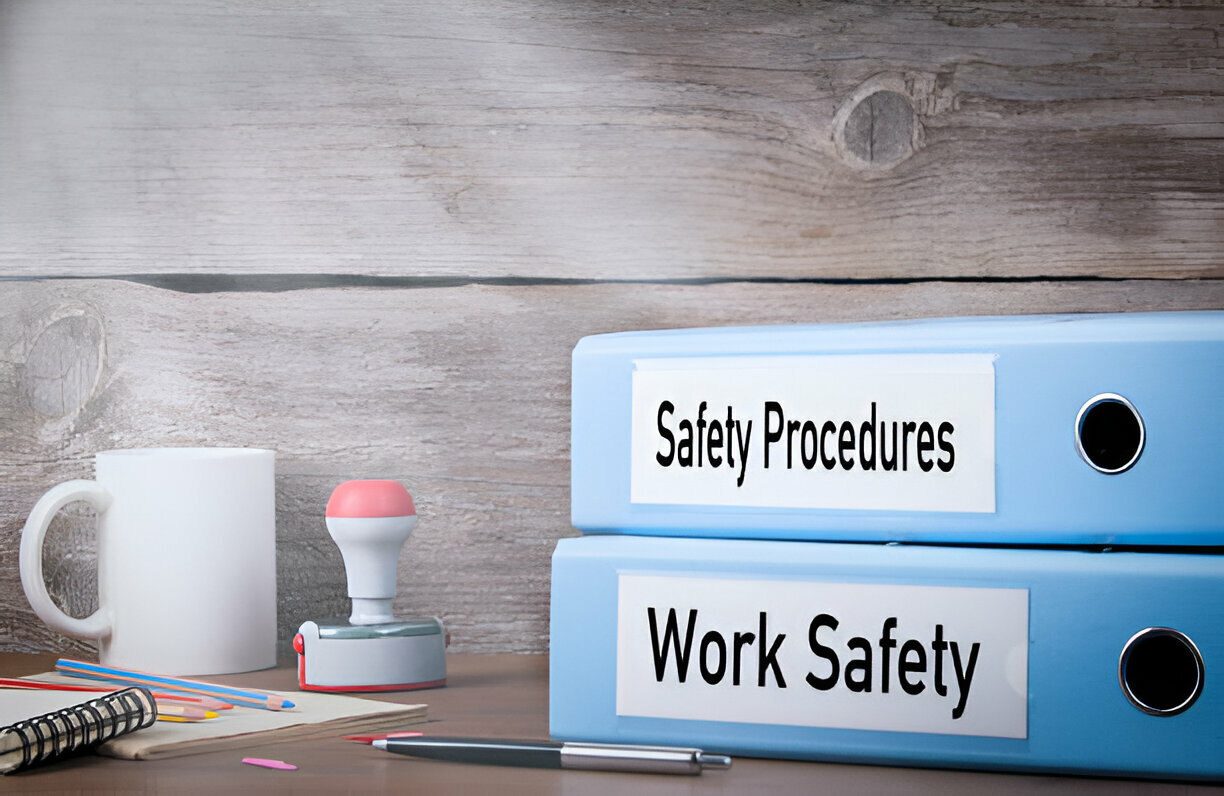
The Importance of Safety Protocols and Training in Preventing Workplace Accidents and Promoting Overall Well-being
In many sectors, particularly within NGOs, the critical role of safety protocols and training in creating a safe work environment is often overlooked. This neglect has led to increased enforcement by social security and labor firms. Implementing comprehensive safety protocols and training programs is essential for preventing accidents and ensuring employee well-being. Prioritizing safety protects employees and boosts organizational reputation and operational efficiency. A safe workplace is a productive workplace, where employees feel valued and secure, leading to increased morale and performance.
Establishing Comprehensive Safety Protocols
Establishing comprehensive safety protocols is crucial for mitigating workplace accidents. Clear guidelines and procedures help employees navigate potential hazards and emergencies effectively. Regular training ensures that all staff members are aware of these protocols and know how to apply them in real-world scenarios. This proactive approach minimizes accidents and prepares employees to respond effectively if an incident occurs, reducing the severity of potential injuries.
Continuous Safety Training and Awareness
Continuous safety training promotes awareness and vigilance among employees. Regular reinforcement of safety measures encourages safe practices in daily tasks, fostering responsibility and accountability within the workforce. Staying updated on the latest safety regulations and best practices through ongoing training helps organizations remain compliant with industry standards and enhances their reputation as safe workplaces.
Enhancing Organizational Reputation and Efficiency
Prioritizing safety protocols and training helps companies to significantly reduce workplace accidents and promote overall well-being. This commitment protects employees and boosts organizational reputation and operational efficiency. Companies known for their stringent safety measures attract better talent and retain employees, leading to a more stable and experienced workforce.
Building a Culture of Safety and Responsibility
Creating a culture of safety and responsibility requires more than just implementing protocols and training programs. It involves fostering an environment where safety is ingrained in the organizational culture. Encouraging employees to report unsafe conditions, rewarding safe practices, and integrating safety into daily routines creates a workplace where safety is a shared responsibility.
Conclusion
The importance of safety protocols and training in preventing workplace accidents and promoting overall well-being cannot be overstated. Companies must prioritize the establishment and continuous reinforcement of comprehensive safety measures to ensure a safe and productive work environment. By doing so, they comply with regulations and foster a culture of safety and responsibility, ultimately benefiting both employees and the organization as a whole. Investing in safety protocols and training is a proactive step towards a healthier, safer, and more efficient workplace, leading to long-term success and sustainability.


